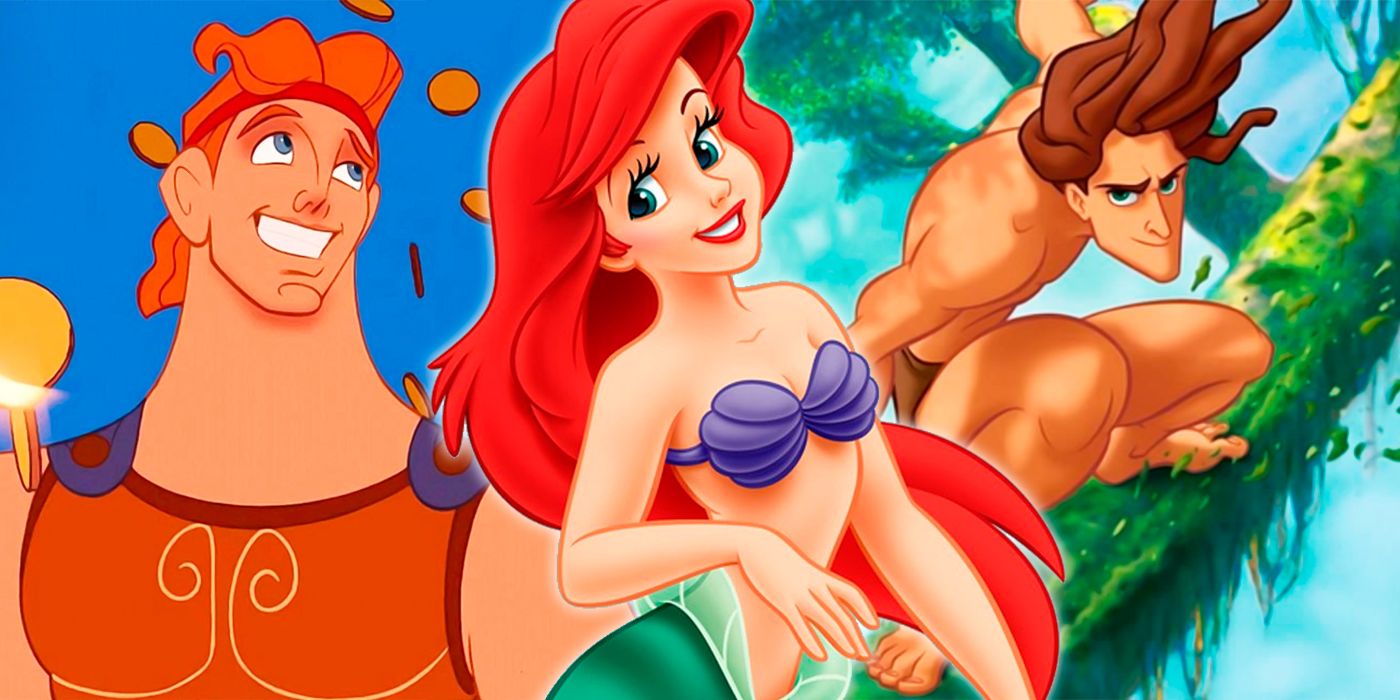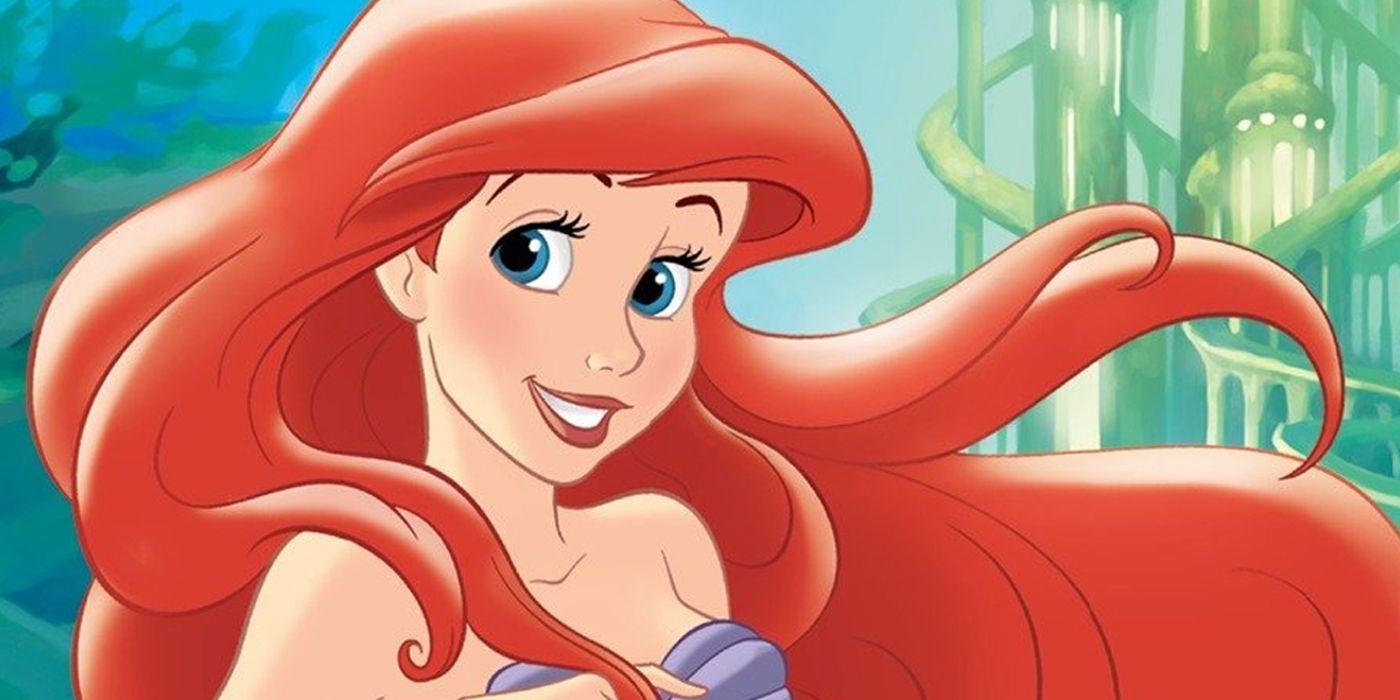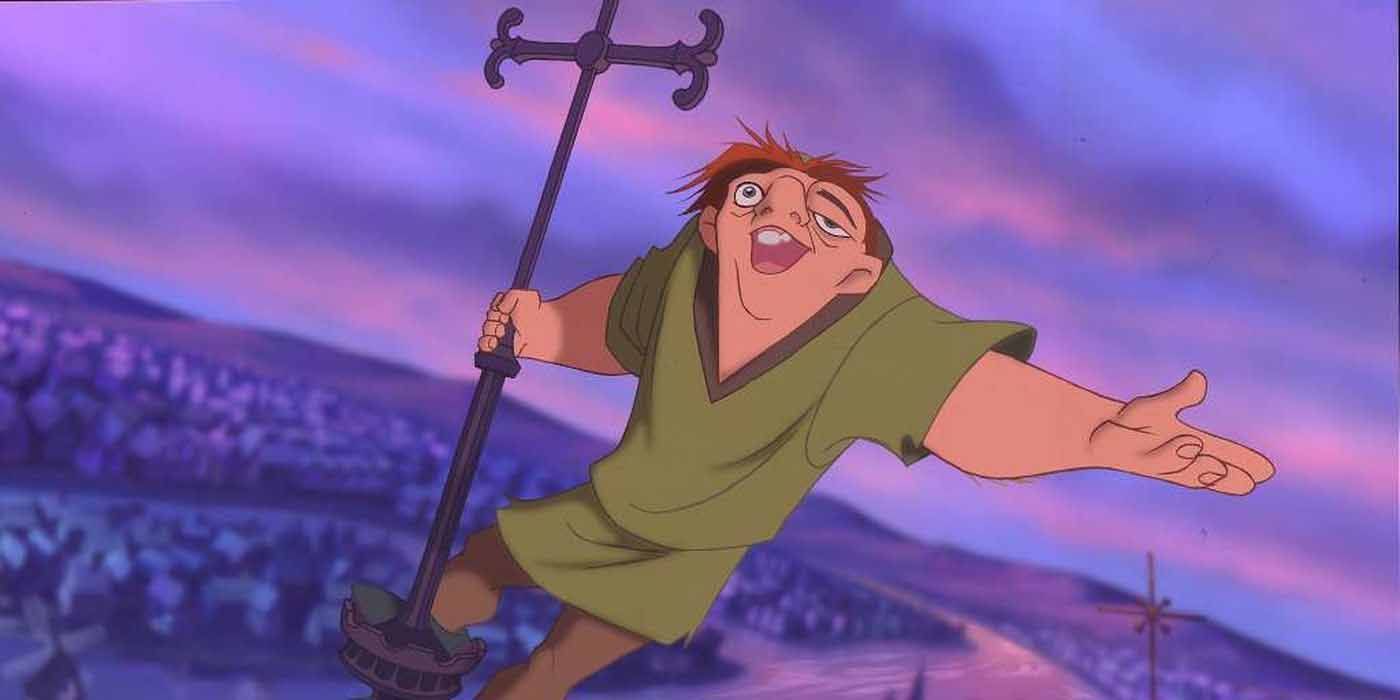Walt Disney Animation has been a foundation for animated cinema for decades. Ever since Snow White and the Seven Dwarves proved that anything was possible with hard work and imagination, the company began to release more and more animated features. Of course, like all studios, they had their highs and lows, often categorized by different eras. But no matter what was in the past or what will come in the future, it's hard not to argue that the best era of the company has and always will be the Disney Renaissance.
During the late '80s, Disney was still moving along with animated feature releases, such as The Black Cauldron and The Great Mouse Detective. However, with competition from films like An American Tail and The Land Before Time, things were harder than ever for the company. But in 1989, Disney released The Little Mermaid, which kickstarted an era of films that would take them into the new millennium.
The Little Mermaid showed all the factors that had made Disney iconic in the past -- stellar animation techniques, a beautiful soundtrack and likable characters. It also brought back the Disney Princess with Ariel. But for all the factors that the film returned to, it also introduced neve before seen ones. Perhaps the most important were more mature themes in its movies. Now, Disney movies are more than beautifully animated children's films. They dealt with topics that never got explored in earlier movies, like Ariel's desire to be her own person.
These films also gave their female leads a more active role than being a love interest or damsel. For instance, Beauty and the Beast saw Belle be intelligent and independent, which made her an outcast to everyone but the Beast, who admired the beauty in her intelligence. The films also focused on a far more diverse roster of princesses and storylines. For example, Mulan and Pocahontas were from different walks of life, but both showcased how the term princess can apply to anyone, no matter their background.
As the years continued, Disney also branched out to other demographics that wanted more than a fairy tale brought to life. As a result, original pictures like The Lion King and Tarzan pushed the boundaries of animation even further by offering action-packed stories that had heart and great lessons for viewers of all ages. Even The Hunchback of Notre Dame housed a different type of story, teaching tolerance through Quasimodo, a man who wanted nothing more than to love and be loved.
The Disney Renaissance Era showed filmmakers and audiences that it was okay to push boundaries. Since then, Disney films have shown characters from all walks of life dealing with situations everyone could relate to on some level. Furthermore, each soundtrack has been iconic in its own right and continued to branch people's musical tastes out to new areas. As a result, everything that will release in the future shares a foundation in the Renaissance Era, and everything before it helped inform those films. When put together, it's clear why the Disney Renaissance remains unmatched.



